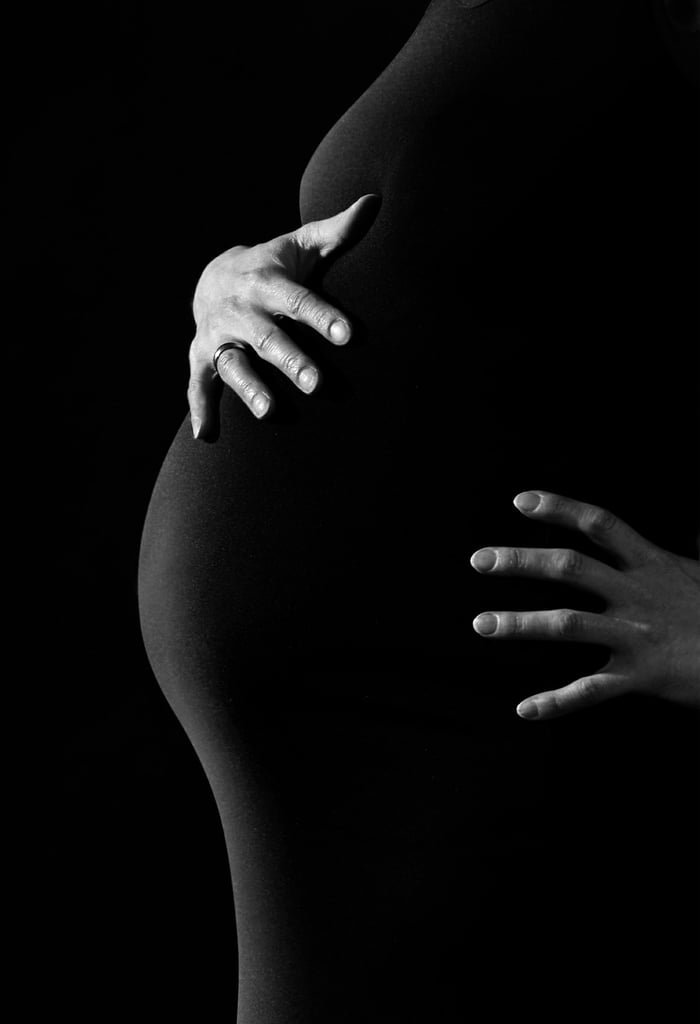(CN) – For the first time in years, the number of births to immigrant American women of Hispanic descent declined, from 58% in 2000 to 50% in 2018 according to Pew research.
At the same time, the percentage of births to Asian immigrants is up to 24%, and the percentage to black immigrants went from 7% to 11%.
Immigrant women account for a disproportionate share of U.S. births. While 14% of the U.S. population in 2017 was foreign born, 23% of all births were to immigrant women. But the shifting proportions of who is giving birth reflect a change in immigration patterns as well as a social change across the U.S.
In analyzing newly released data from the National Center for Health Statistics, the Pew Research Center found that some of the downturn in the share of immigrant births to Hispanics has been driven by a decline in births among women of Mexican origin. A quarter of immigrant births in the U.S. were to women of Mexican origin in 2018, compared with 42% in 2000. This is the first time since the 1970s that the share of births to women born in Mexico dipped below 30% of all U.S. immigrant births.
The analysis also found that while the share of immigrant births to Hispanic women has declined, Hispanics account for a growing share of births among U.S.-born women. In 2018, 17% of births in the U.S. were to women of Hispanic origin, a significant jump from 10% in 2000. U.S. Hispanic population as a whole has increased rapidly in the past two decades: the number of Hispanic women ages 15 to 44 has more than doubled since 2000.
 Of births in the U.S. last year to both U.S.-born and foreign-born women, 53% were to white women, down from 59% in 2000. The share of births to Hispanic women increased to 24% from 20%. Meanwhile, 15% of births were to black women and 7% to Asian women, proportions which are mostly unchanged since 2000.
Of births in the U.S. last year to both U.S.-born and foreign-born women, 53% were to white women, down from 59% in 2000. The share of births to Hispanic women increased to 24% from 20%. Meanwhile, 15% of births were to black women and 7% to Asian women, proportions which are mostly unchanged since 2000.
The Pew researchers speculate the declining share of immigrant births to Hispanic women is due in part to declines in immigration from Latin America, especially Mexico. Latin America was the primary origin region of U.S. immigrants for many years, but that has changed in the past decade.
Since 2010, the primary origin region of immigrants has been Asia, which helps explain the growing share of immigrant births to Asian women. At the same time, growing immigration from Africa and parts of the Caribbean has led to an increase in black immigrants, which fueled almost all of the rise in births for this group.
The overall U.S. birth rate has declined 9% since 2000, to a record low of 60.2 births per 1,000 women ages 15 to 44 in 2017. While the birth rate has declined among both U.S.-born and foreign-born women, immigrant women saw the biggest decline, from 90.7 births per 1,000 women in 2000 down to 77.4 in 2017.
Subscribe to Closing Arguments
Sign up for new weekly newsletter Closing Arguments to get the latest about ongoing trials, major litigation and hot cases and rulings in courthouses around the U.S. and the world.








